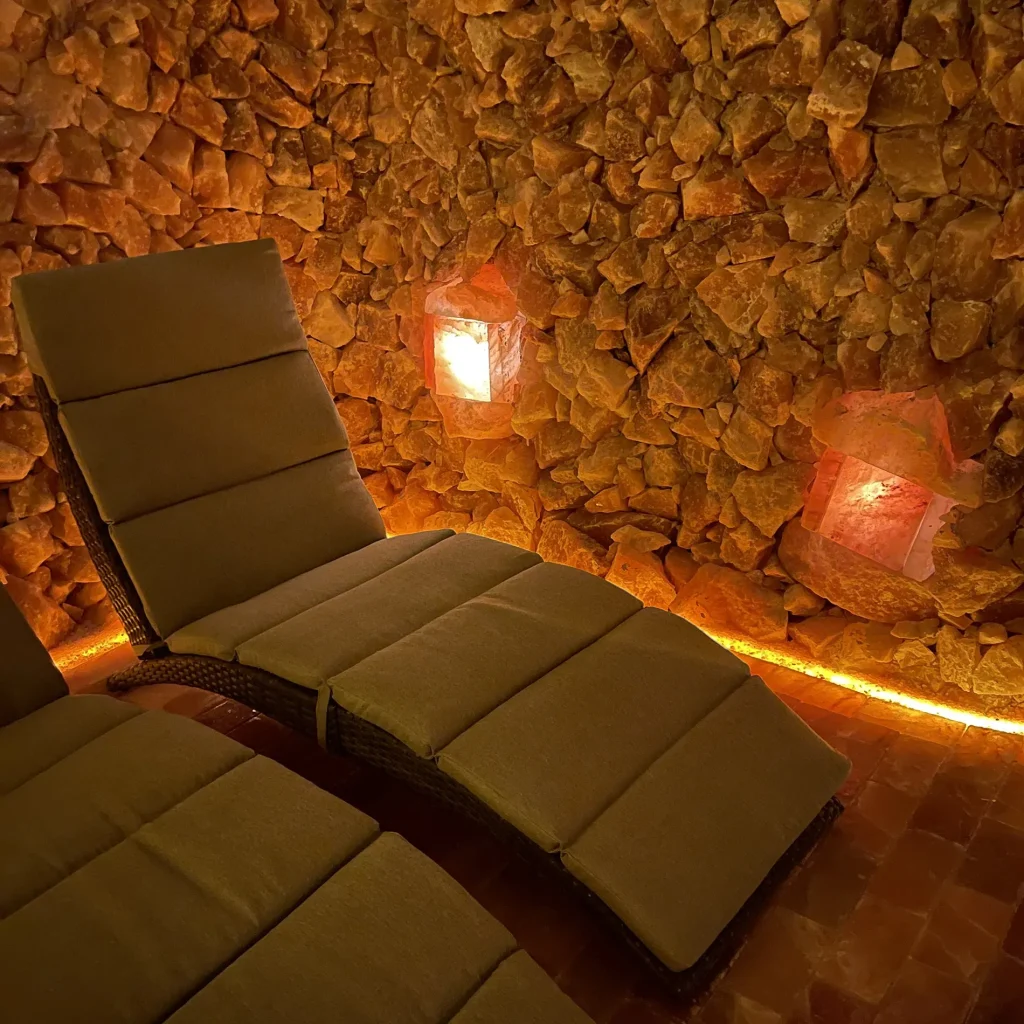Salt therapy, also known as halotherapy, is an age-old practice rooted in the belief that the inhalation of salt-infused air can have profound health benefits. The concept has been passed down through generations in various cultures, with salt caves and salt mines being revered as natural healing sanctuaries. In recent years, the therapeutic potential of salt therapy has gained recognition in the world of wellness and spas. In this blog, we delve into the science behind salt therapy, exploring its health benefits and applications in spa settings.
The Origins of Salt Therapy
Salt therapy has a rich history that dates back centuries. Its origins can be traced to Eastern European countries, where people would spend time in salt caves to seek relief from various respiratory ailments. The benefits of salt therapy were also recognized in ancient Greece, and salt was used for healing by the Romans. In these traditions, salt was associated with purity and healing, and its inhalation was believed to have therapeutic effects on the body.

Respiratory Health and Salt Therapy
One of the primary applications of salt therapy is in the realm of respiratory health. The inhalation of salt particles is believed to have several beneficial effects on the respiratory system. Here’s how it works:
Mucolytic Properties
Salt has natural mucolytic properties, meaning it helps to thin and loosen mucus. This can make it easier to clear mucus from the airways, providing relief to individuals with conditions such as asthma, bronchitis, and cystic fibrosis.
Anti-Inflammatory Effects
Salt has anti-inflammatory properties, which can help reduce inflammation in the airways. This is particularly relevant for those with chronic respiratory conditions, as it may lead to reduced symptoms and improved lung function.
Antimicrobial Action
Salt has natural antimicrobial properties. Inhaling salt particles may help to reduce the growth of bacteria and other microorganisms in the respiratory tract, potentially lowering the risk of respiratory infections.

Skin Health and Salt Therapy
Beyond respiratory benefits, salt therapy is also associated with improved skin health. Salt has long been used in various skincare practices, and salt rooms or salt lamps are becoming more common in spas for these purposes. The benefits for skin health include:
Exfoliation
Salt can be used as a natural exfoliant, helping to remove dead skin cells and promote a healthy, glowing complexion. It’s often used in scrubs and treatments for this purpose.
Hydration
Salt therapy can improve skin hydration by attracting moisture to the skin, leaving it soft and supple. It can be particularly beneficial for those with dry skin conditions.
Stress Reduction and Relaxation
Salt therapy’s benefits extend beyond the physical realm into the realm of mental health. Many people find that spending time in a salt room or engaging in salt-related spa treatments offers a sense of relaxation and stress reduction. The serene environment, enhanced by the soothing properties of salt, creates a calm and peaceful atmosphere that allows individuals to unwind and find a sense of tranquility.

Spa Applications and Customization
Spas are increasingly incorporating salt therapy into their services. This includes salt rooms, where clients can relax in a controlled environment filled with finely crushed salt particles. There are also various spa treatments that incorporate salt, such as salt scrubs, salt baths, and salt massages. These treatments are often customized to meet the specific wellness goals of clients, whether it’s improving respiratory health, rejuvenating the skin, or simply promoting relaxation.
Safety and Precautions
While salt therapy offers numerous benefits, it’s important to consider safety and potential contraindications, especially for individuals with certain medical conditions. Salt therapy may not be suitable for everyone, and individuals should consult with a healthcare professional before embarking on a salt therapy regimen, especially if they have respiratory conditions, allergies, or other health concerns.
Conclusion
Salt therapy, with its origins in ancient traditions, offers a range of health benefits, from improving respiratory health and enhancing skin quality to promoting relaxation and stress reduction. The therapeutic properties of salt have found a new home in modern spa settings, providing clients with a holistic approach to wellness and relaxation. If you’re considering salt therapy, it’s essential to explore the options available at reputable spas and seek the guidance of healthcare professionals, ensuring a safe and beneficial experience. The science behind salt therapy continues to be an exciting field of exploration, offering the promise of well-being for those who seek its benefits.